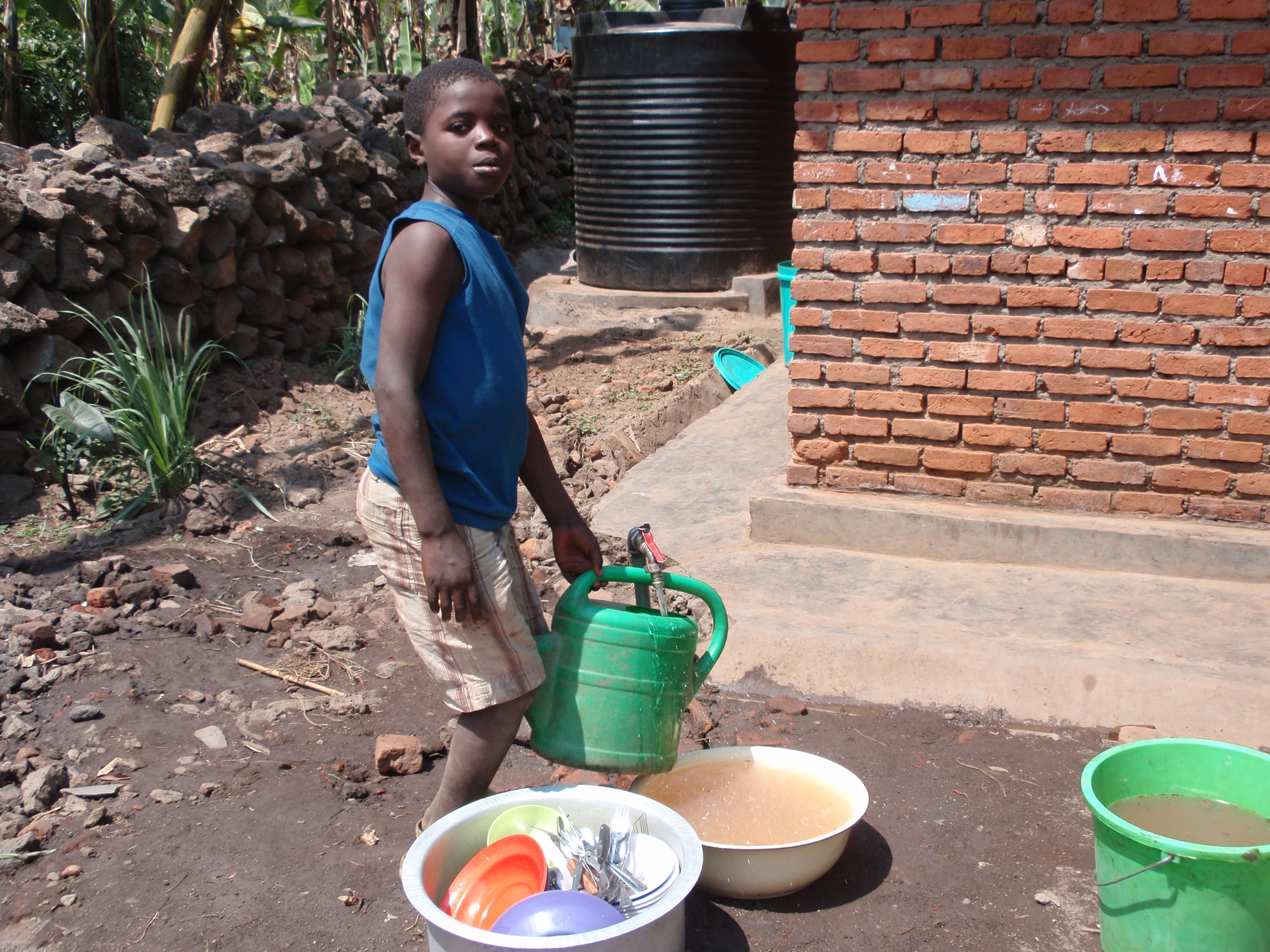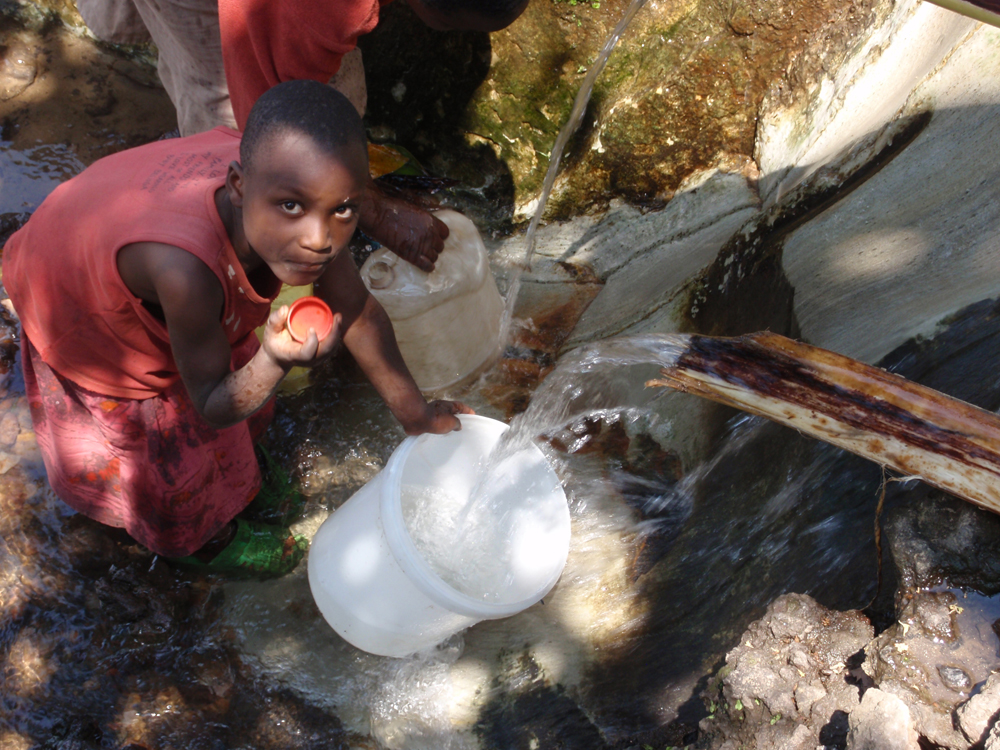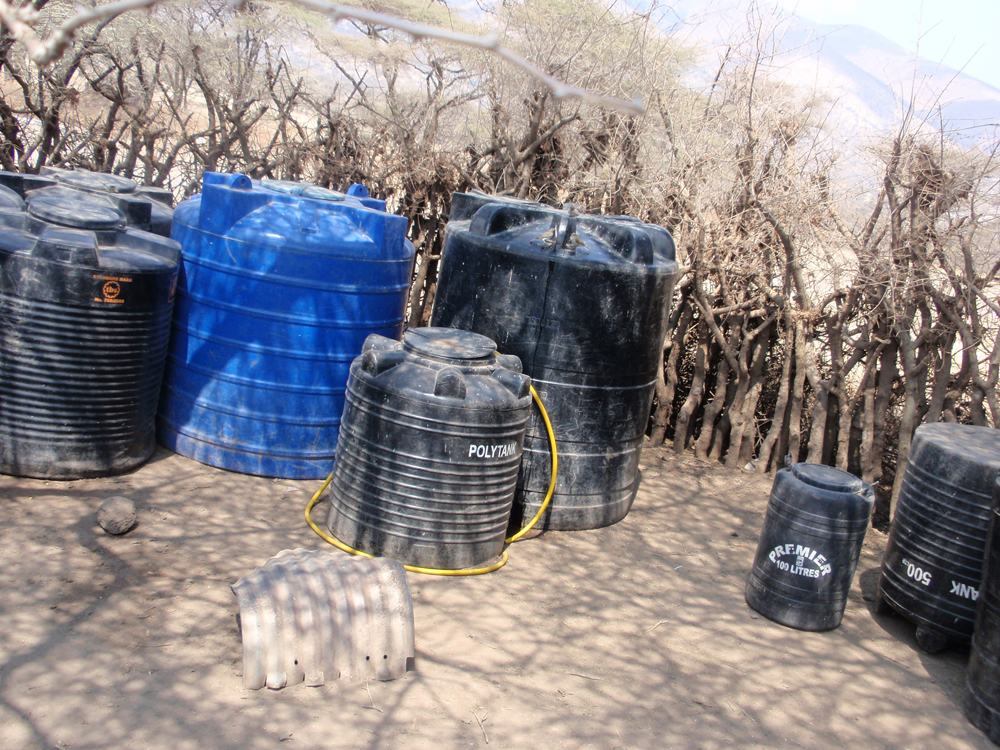
"It’s the dry season," explains one Rwandan friend as to why her butternut squash isn’t growing in her backyard as it was on my last visit. Meanwhile, across the country women are seen hoeing the rich, volcanic earth in anticipation of the planting that will shortly take place when the rains (hopefully) begin toward the end of September.
The situation is far more dire in one tiny Tanzanian village where the Masai men are forced to travel farther and farther to find grass and water for their cattle.
In Kenya, experts are desperately seeking compromise between the requirements of the cow-dependent Masai and the need for water for drinking, agriculture and commercial use, according to an expert in the field who spoke to me on a short flight between Kenya and Ethiopia, where he was attending a conference on the subject
Every day, all day in Rwanda, walkers and bicyclists cram the roadsides lugging huge yellow jugs from home to the nearest water supply and back. In some cases, that is miles.
On our recent trip to Rwanda, several of us had the opportunity to experience—on a "touristy," short-term basis—what it is like to travel 20 minutes each way to the closest water source and carry small jugs back to our work site for use in mixing mud and cement to help build a house.
Making the journey through the small paths, past mud-brick homes and rows of banana plants, is pleasant enough—when it’s optional. And when the load is only a few tiny jugs, a pittance compared to the villagers’ daily reality.

Numerous organizations and think tanks are grappling with the water challenge throughout East Africa.
Meanwhile, Rotary groups and tourists have taken matters into their own hands in some cases.
From St. Thomas with love, the Rotary St. Thomas Sunrise group donated $1,200 to bring water to a small orphan center in Nyakinama, a village close to Ruhengeri in north western Rwanda.
Hussein Nsenga, co-founder of Amahorro Integrated Development Program—which has made huge strides in improving life for villagers in the small area outside the Virunga National Park— was effusive in his gratitude for the spigot that springs forth with water right next to the community center.
"It was a great gift to us," he says grinning broadly, while children happily fill water bottles from the still shiny new faucet.
He explains that another group from New Zealand had purchased and installed a black plastic, above-ground cistern that will hold the water from the far away Mutobo River that is now accessible thanks to the Sunrise Rotary donation, or collect water from the roof of the community center during the rainy season.
Paying for the city water that is channeled from the river to Ruhengeri and then through pipes to the village and then down the final mile to the orphan center is no easy task for the struggling nonprofit either, Nsenga told us.
The same holds true for the Masai I visited in Tanzania. The entrance fee charged to the village’s visitors—which seems to vary depending upon who the visitors are—goes directly to the Ngorogoro Conservation Area to purchase water at great expense to meet the villagers’ drinking and cooking needs.
In the high, dusty brown plains surrounding the famous crater, there is not the slightest trickle of a stream or river.

But life in the village is also good, he says. It is family.
"I love to live together with my parents," he said.
He also loves his cows, which give the milk and blood that make up his diet. But feeding and watering them is more and more of a challenge every day.
More of the black or blue plastic cisterns were seen on this trip, but they are dearly expensive, difficult to transport and hold a limited amount of water – not nearly enough to see even a small enclave through the interminable dry season.
But with the rust-colored dust whirling about their feet, a dozen young Masai men performed a welcoming cultural dance – something common to all East African communities I have entered – with great joy, ignoring for the moment the dry peril surrounding them.
Rwanda Journal: Water
Keeping our community informed is our top priority.
If you have a news tip to share, please call or text us at 340-228-8784.
If you have a news tip to share, please call or text us at 340-228-8784.
Support local + independent journalism in the U.S. Virgin Islands
Unlike many news organizations, we haven't put up a paywall – we want to keep our journalism as accessible as we can. Our independent journalism costs time, money and hard work to keep you informed, but we do it because we believe that it matters. We know that informed communities are empowered ones. If you appreciate our reporting and want to help make our future more secure, please consider donating.





